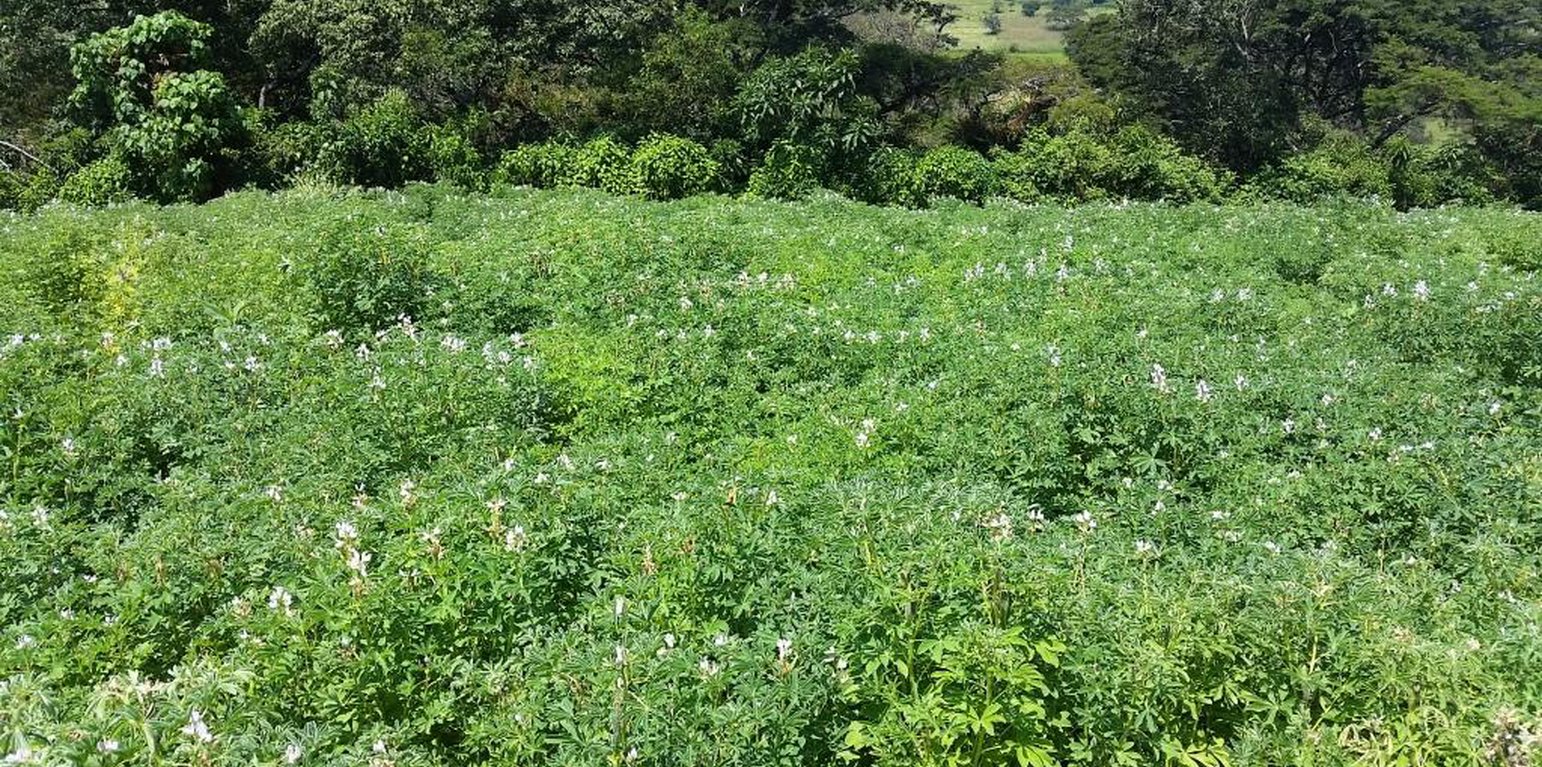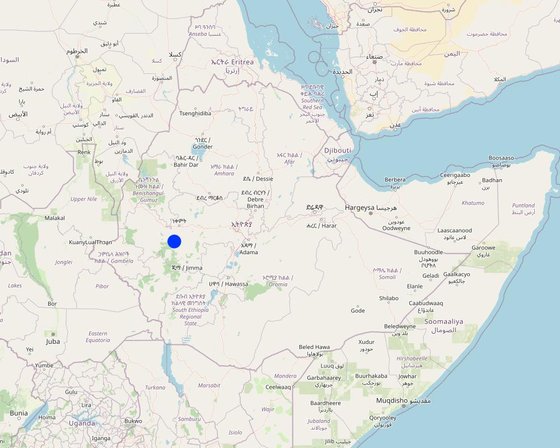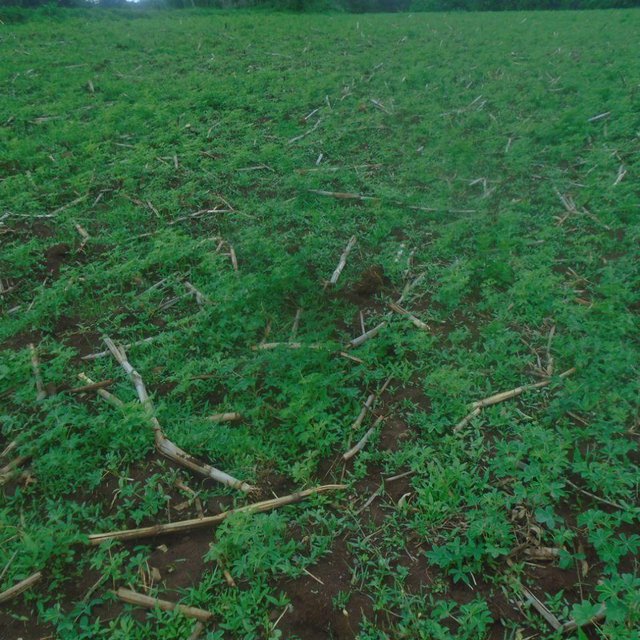



Green manures are grown with the prime purpose of building up as much biomass as possible. However, they also play a role in covering the ground and protecting it from solar radiation and soil erosion. These are plants that are deliberately grown for incorporation into the soil to improve soil fertility and organic matter content. They are generally fast-growing legumes sown in a field several weeks or months before the main crop is planted. Legumes are chosen due to their ability to fix atmospheric nitrogen, their drought tolerance, quick growth, and adaptation to adverse conditions. Green manures have the potential to restore soil fertility and have an ameliorating effect on climate change via the sequestration of atmospheric carbon.
Green manures supply the soil with great amounts of fresh biomass. After incorporation into the soil, the biomass is decomposed by soil organisms within a few weeks under humid and warm conditions. Most nutrients are then readily available to a new crop. A small proportion is also transformed into stable soil organic matter, contributing to better soil structure, better aeration, improved drainage, increased soil water and nutrient holding capacity, and reduced erodibility of the soil by wind or water. Soil microbial activity is increased, as is the availability of macro and micronutrients in forms that the plants can use. They also have a root system that holds the soil in place.
Green manures are often applied to degraded land that demands management interventions. The purpose of introducing the technology reported here is primarily to multiply seeds for the scaling out of the technology. Among the common green manure crops which are being used in Ethiopia are lupin and lablab. Land users benefit from the sale of the seed itself as well as the fact that green manures increase production and help to changes unproductive and abandoned land into productive assets. This technology has been distributed to virtually all Integrated Soil Fertility Management project (ISFM+) intervention woredas/regions as a component of intervention technologies/practices.

Location: Mirga Mute, Bedele district, Oromia, Ethiopia
No. of Technology sites analysed: 2-10 sites
Spread of the Technology: evenly spread over an area (approx. < 0.1 km2 (10 ha))
In a permanently protected area?: Nee
Date of implementation: 2020
Type of introduction







| Specify input | Unit | Quantity | Costs per Unit (ETB) | Total costs per input (ETB) | % of costs borne by land users |
| Labour | |||||
| Land preparation | PDs | 3.0 | 200.0 | 600.0 | 100.0 |
| Slashing and plow over | PDs | 1.5 | 200.0 | 300.0 | 100.0 |
| Planting | PDs | 1.5 | 200.0 | 300.0 | 100.0 |
| Plant material | |||||
| Green manure seed | kg | 37.5 | 8.0 | 300.0 | |
| Total costs for establishment of the Technology | 1'500.0 | ||||
| Total costs for establishment of the Technology in USD | 28.24 | ||||
| Specify input | Unit | Quantity | Costs per Unit (ETB) | Total costs per input (ETB) | % of costs borne by land users |
| Labour | |||||
| Land preparation, planting, slashing and plow over | PDs | 4.5 | 200.0 | 900.0 | 100.0 |
| Plant material | |||||
| Seeds | PDs | 37.5 | 8.0 | 300.0 | 100.0 |
| Total costs for maintenance of the Technology | 1'200.0 | ||||
| Total costs for maintenance of the Technology in USD | 22.59 | ||||
Apart from electricity, the land user is closer to other public facilities and services.
It improves the organic matter content of the soil.
As it is evidence based practice, it improves land users knowledge about SLM.
There is no facts to validate regarding the status of groundwater table.
It improves soil nutrient cycling through adding more nutrients including by fixing atmospheric nitrogen.
Part of the plow over, remains undecomposed in the soil system and contributes to carbon sequestration.
Off-site water availability is expected to increase but the assumption needs long-term data and documentation.